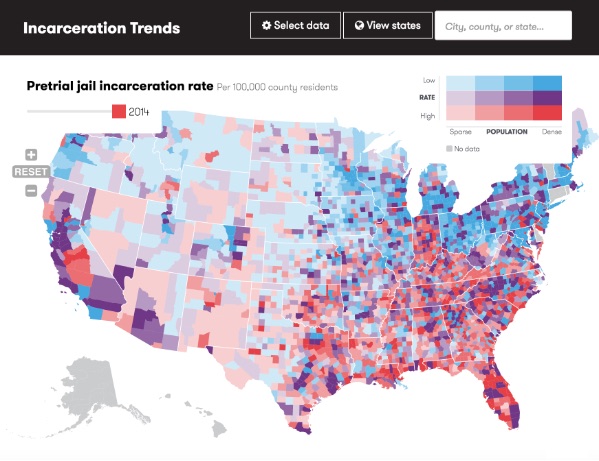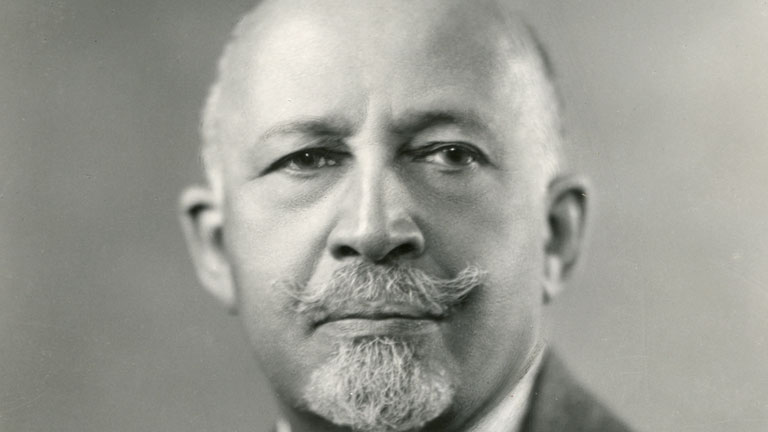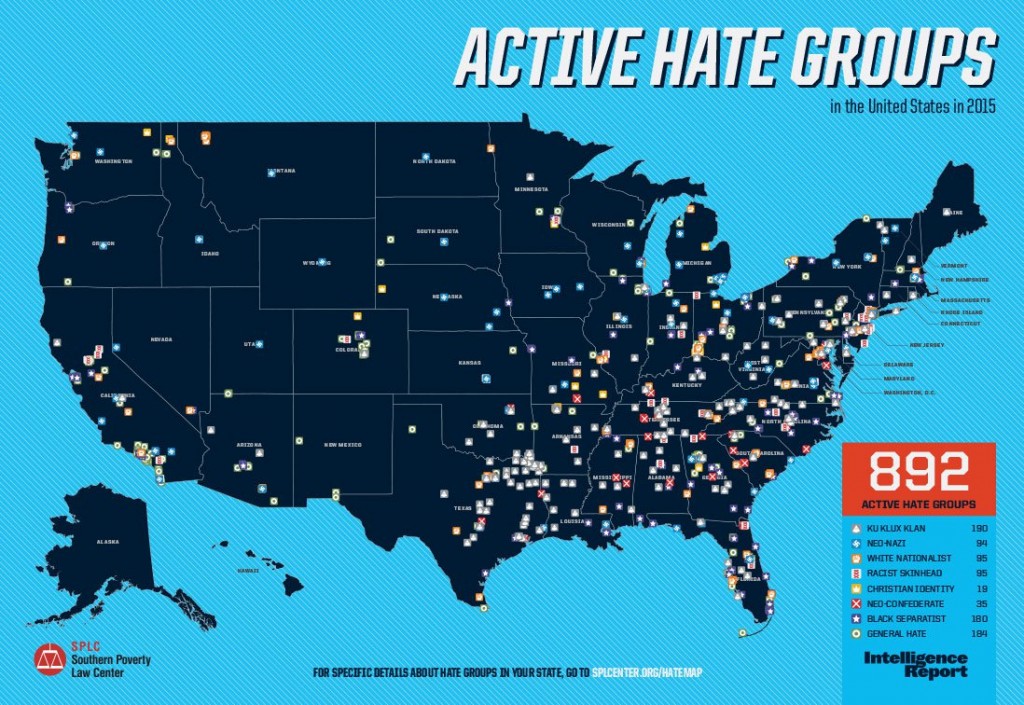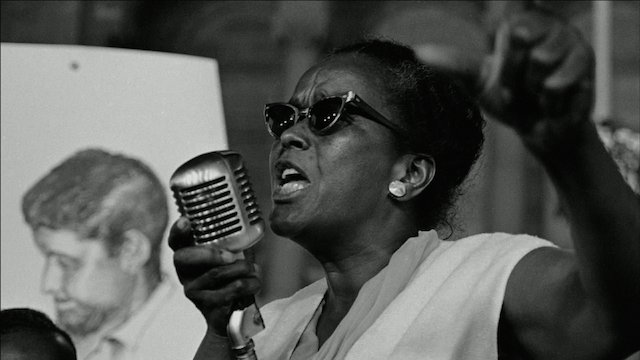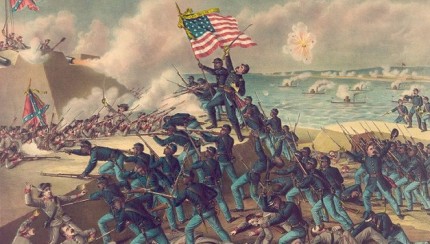The Vera Institute of Peace has created a tool for examining and comparing incarceration data across the United States by county.
You may have already seen our data tool—Incarceration Trends—on jail and prison populations in every U.S. county. Right now, we’re expanding our efforts to make sure that everyone knows how many people are incarcerated in their backyards, so they can power the fight against mass incarceration.
They’re encouraging everyone to share this on Facebook.
I’m still learning my way around the tool, but the information about Kankakee County that I’ve been able to digest is troubling.
